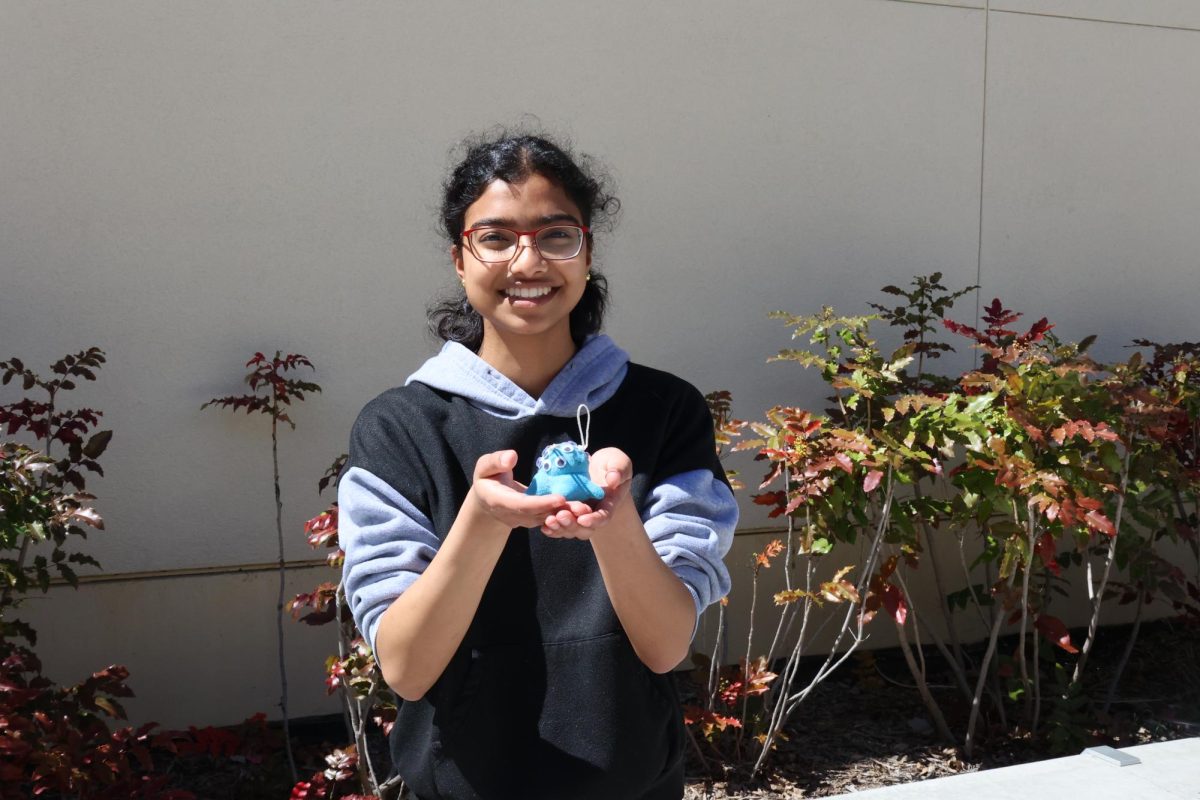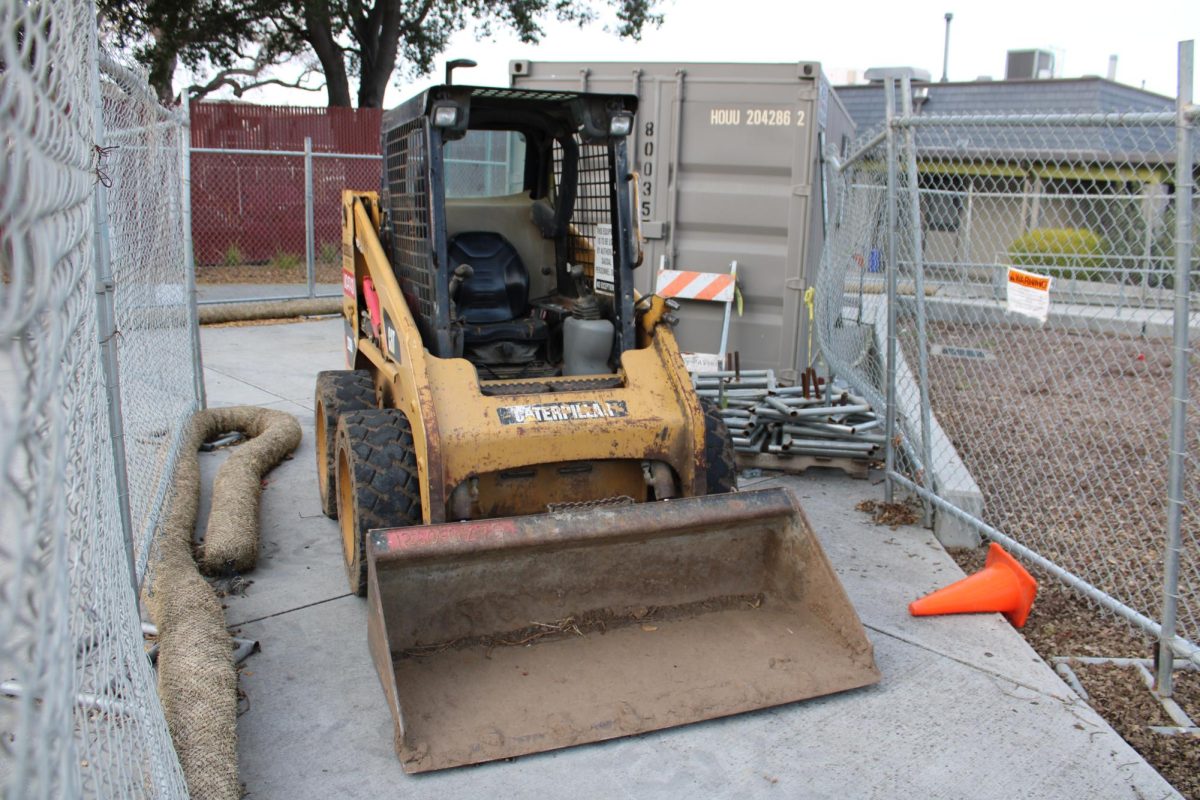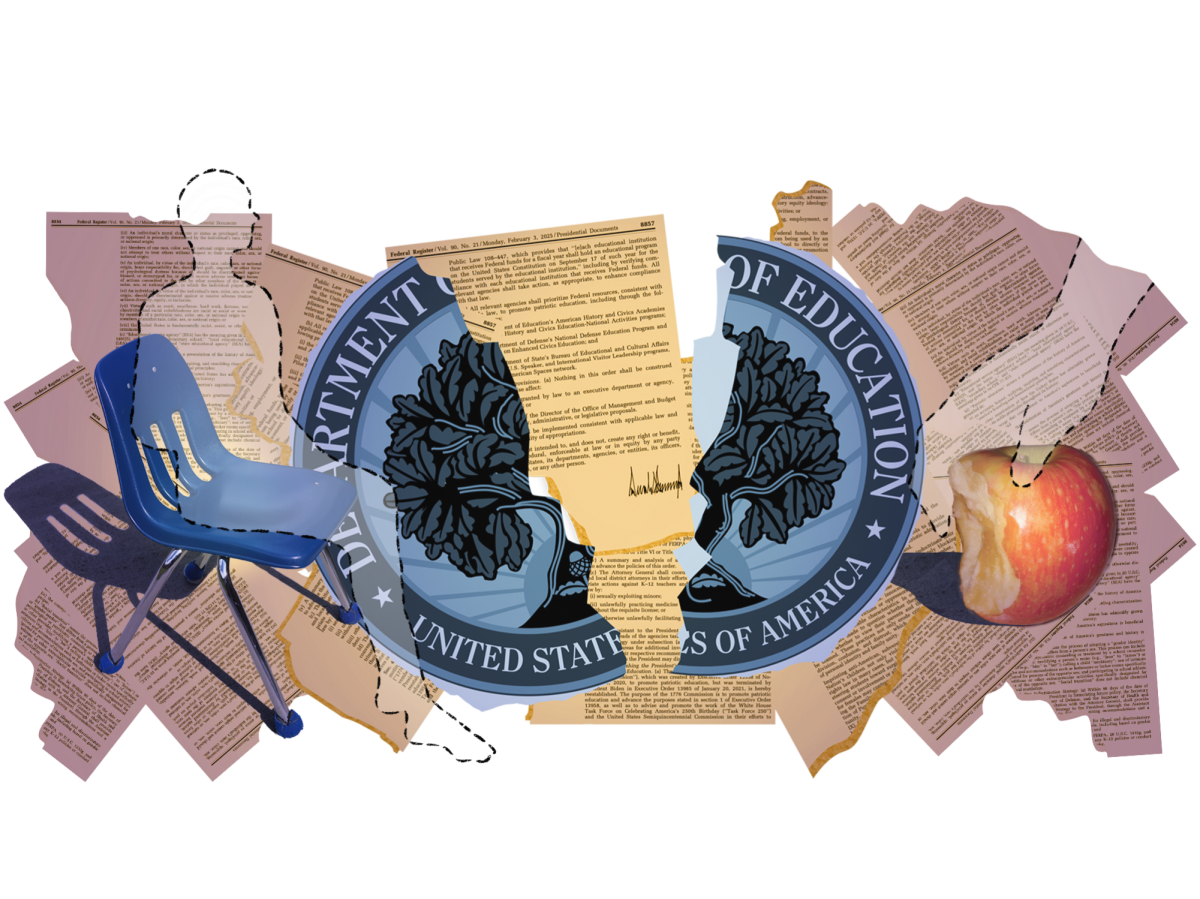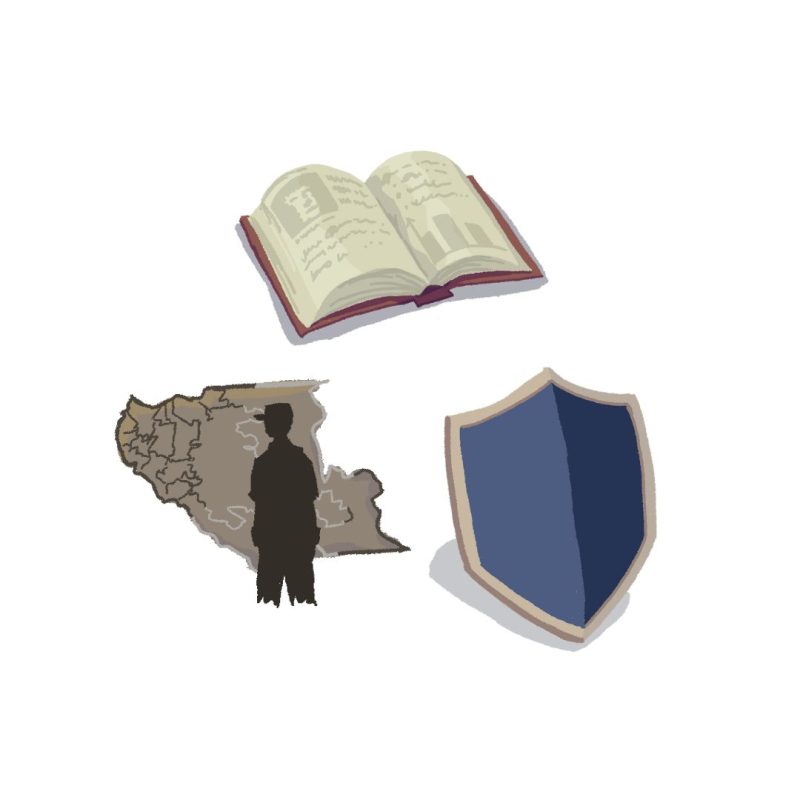Written by Clara Kieschnick-Llamas
At the school board meeting on March 8, the topic of adding more social-emotional learning (SEL) curricula was discussed to combat stress. It was decided that more SEL would be added to the schedule, hopefully by the 2017-2018 school year.
SEL implements a broad spectrum of topics to support students. It primarily focuses on helping students with mental health, but it also includes tactics for establishing a better and more effective learning environment.
SEL is incorporated to ensure that students are in a safe emotional space. According
to SEL Teacher on Special Assignment Jeanette Tucker, SEL currently exists at Gunn in forms such as meditation at the beginning of some classes, Adolescent Counseling Services (ACS), Titan 101, English teacher Diane Ichikawa’s yoga class, Youth Empowerment Seminar training and clubs like Reach Out Care Know (ROCK) and Acts of Random Kindness.
Tucker includes such measures in her day-to-day classes. “[The students and I] will use an emotion wheel on the board and [I’ll] have them tell me where they’re at,” she said. “We’ll do weekend check-ins; I’ll ask them how they’re feeling about the class—we have a lot of conversations.”
An idea brought up at the board meeting was implementing SEL in middle and ele- mentary schools. “I think that in elementary school it’s already part of their learning,” Principal Dr. Denise Herrmann said. “[But] as you get through middle school and high school it sort of decreases, when it just should become more sophisticated.”
Diversity Commissioner, ROCK co-president and member of Sources of Strength senior Ridhaa Sachidanandan says that her role in Student Executive Council this year has mostly been centered around mental health. “The majority of the work and communication would be through the [wellness] commissioner, which would open the diversity commissioner’s job up as more of a social awareness rather than a mental health awareness sort of thing,” she said.
Tucker believes that SEL will be vital to students not only for emotional improvement, but also for academic endeavors. “If you are not emotionally regulated, you will not learn,” she said. “If we don’t hold space for that for students, they won’t absorb what we’re teaching.” Although a new SEL schedule has not been planned out yet, Tucker suggests having a more open classroom environment, with possible meditation or check-ins at the beginning of each class. Nevertheless, she understands the toll that this can take on teachers. “It can be awkward if you have a room of 30 kids and half of them say they’re really sad,” she said. “That’s a lot for one teacher to take on. We are working on supports for teachers to have more resources on campus.”
Herrmann thinks that the most effective way to use SEL would be as a self-regulating system. “One of the things that stood out the most to me with all the students and parents I met with is they understand that students want to be challenged here,” she said. “And [students] know that there’s going to be some stress associated with that, but they want it to be within that manageable range, and when it does get too high to have the tools to take it back down.”























